An AC blocking capacitor is a passive component in electronics. It allows direct current (DC) to flow through a circuit while stopping alternating current (AC). This role is key in many electrical systems. It ensures proper function and protects parts. The capacitor creates a barrier. This barrier keeps unwanted AC signals from affecting DC circuits. As a result, signal clarity and circuit performance stay intact.
AC blocking capacitors mainly separate AC signals from DC bias. When placed in a signal path, they offer high resistance to low-frequency signals, including DC. This blocks them well. However, higher-frequency AC signals can pass, depending on the capacitor's value. This feature is useful in coupling tasks. Only the AC part of a mixed signal moves between stages. The DC offset stays behind.
AC blocking capacitors are essential in many applications. In audio amplifiers, they separate stages while keeping the sound clear by removing DC offsets. In power electronics, they shield sensitive parts from voltage spikes or harmonics. Communication systems also use them for signal cleanup and noise reduction. For instance, AC Filter capacitors handle AC filtering and high-frequency harmonic processing.
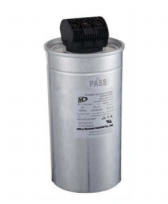
The function of an AC blocking capacitor depends on its reactance, which changes with frequency. At zero frequency (DC), the capacitor's resistance is infinite. This creates an open circuit, stopping current flow. At higher frequencies (AC), resistance drops. This allows current to pass more easily. This selective action controls which signal parts move through or get blocked.
The performance of an AC blocking capacitor relies on three factors: capacitance (C), frequency (f), and reactance (Xc). The formula Xc = 1/(2πfC) shows that higher capacitance or frequency lowers reactance. This lets more AC signal through. Engineers must choose values carefully. This balances filtering or coupling needs without harming the signal.
Many circuit designs use AC blocking capacitors as key parts. In amplifiers, coupling capacitors link gain stages while keeping DC biases separate. In RF systems, they help match networks for efficient power transfer. Also, low-voltage parallel circuits use them for reactive power correction and harmonic filtering.
In audio systems, clear sound is critical. Blocking capacitors remove unwanted DC signals. These could distort sound or harm equipment like speakers or amplifiers. They also keep a steady reference point across circuit stages. This happens by separating different bias voltages.
Switch-mode power supplies and inverters often create high-frequency noise in their outputs. AC Filter capacitors address this issue. They handle AC filtering and high-frequency harmonic processing. These capacitors smooth out voltage ripples. This protects sensitive parts, like microcontrollers or sensors, from unstable electrical behavior.
Modern communication devices need clean signal transmission. Blocking capacitors separate modulated signals from carrier waves. They also remove noise added during transmission. Additionally, they aid in impedance matching. This is vital for maintaining data quality over long distances.
Choosing the right capacitor involves checking key details, like rated voltage, capacitance value, tolerance, and size. A wrong choice can lead to poor performance or failure during voltage surges or heat changes. For example, rated voltage (VR) is 110V.AC-600V. AC (50/60Hz) is a critical factor in industrial applications.
Capacitor performance can weaken under changing temperatures or long electrical loads. Thus, selecting parts with stable dielectric materials is important. These materials ensure steady performance across wide temperature ranges. Low loss and minimal internal heat buildup lead to longer lifespans.
Different dielectric materials, like ceramic, tantalum, or metallized polypropylene, offer unique benefits. These depend on needs like ESR (Equivalent Series Resistance), leakage current, or self-healing features. For example, capacitors made by winding metallized polypropylene film provide great stability and reliability. They suit tough settings, like motor drives or renewable energy systems.
SMILER's expertise ensures precise control over capacitor tolerances. SMILER uses advanced winding methods and material innovations. Our designs focus on exact capacitance values that meet circuit needs. They also maintain strong build quality under tough conditions.
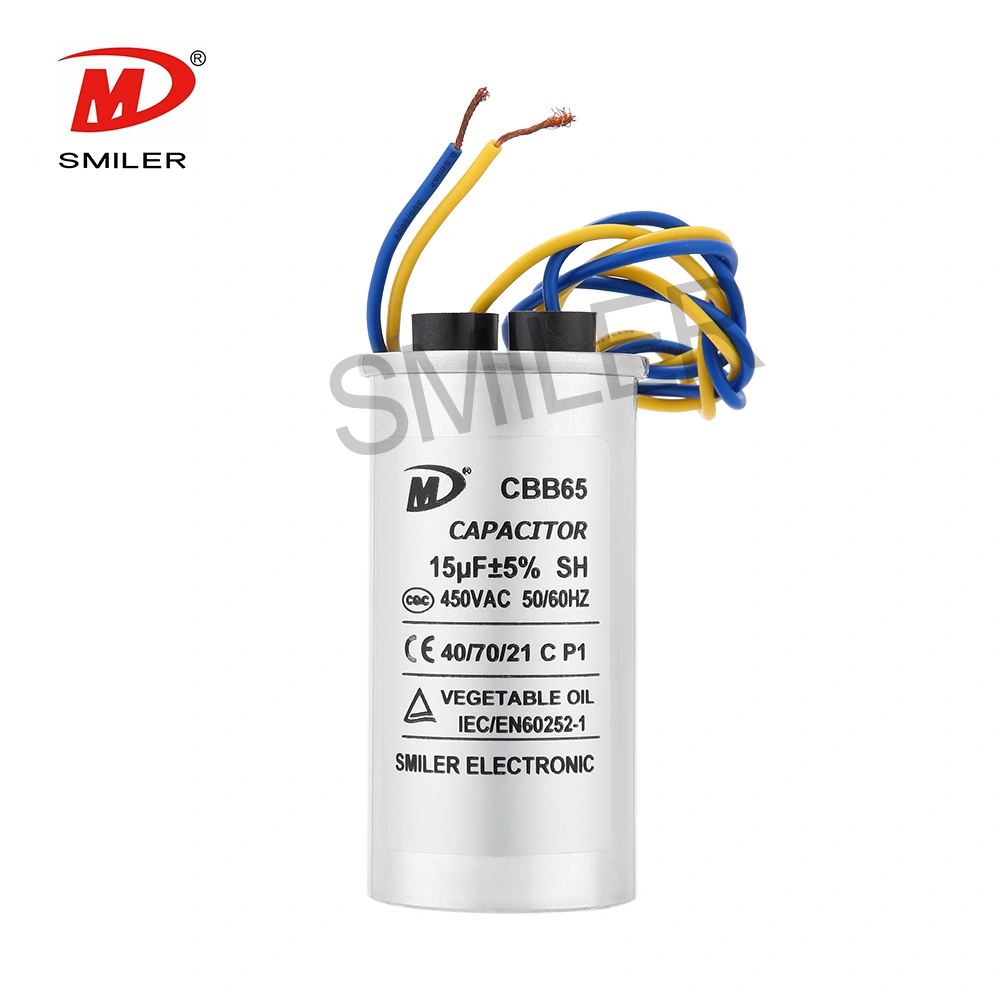
SMILER offers a wide range of capacitors for industrial uses, like power systems, energy storage, air conditioners, washing machines, dishwashers, fans, EV Fast Charger, and solar inverters. Our CBB65 Capacitor provides key benefits, such as high stability, good self-healing ability, and high reliability. These make them perfect for both commercial devices and critical infrastructure projects.
In a recent solar inverter project, SMILER's CBB65 capacitors were chosen. They offer stable capacitance and built-in explosion-proof safety features. After 18 months of full-load operation in daily temperatures above 40°C, the system reported no failures across all units.
A: An AC blocking capacitor lets direct current (DC) pass while stopping alternating current (AC). It isolates circuit parts by removing unwanted frequencies.
A: Select based on voltage rating, capacitance value for your frequency range, and tolerance needed. Consider the material type for reliability under stress.
A: SMILER provides dependable AC blocking capacitors. They feature high stability and advanced protection, like built-in overpressure cut-off devices.
A: Not exactly. AC filter capacitors smooth out noise and harmonics. AC blocking capacitors isolate DC paths from unwanted AC signals.
A: They are key in audio equipment for clear sound, power supplies for protecting ICs, communication devices for clean signals, industrial automation, and renewable energy converters.
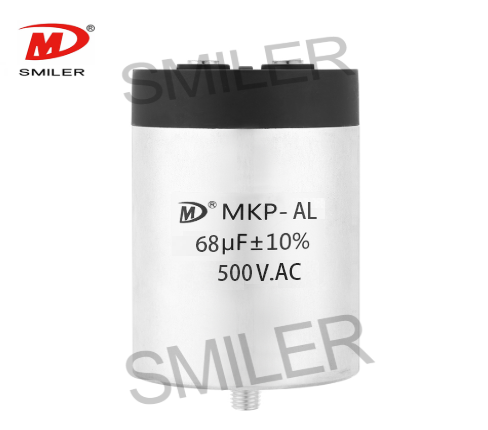
Exploring How AC Capacitors and DC Capacitors Function Differently
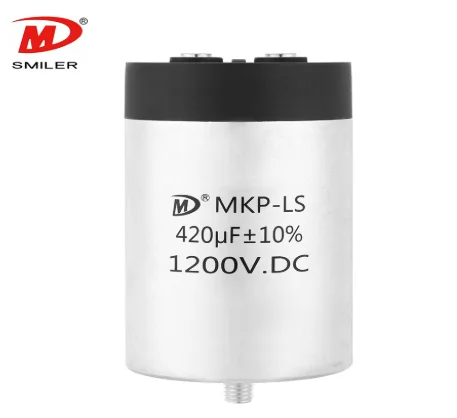
Mastering AC to DC Rectifier with Capacitor Techniques
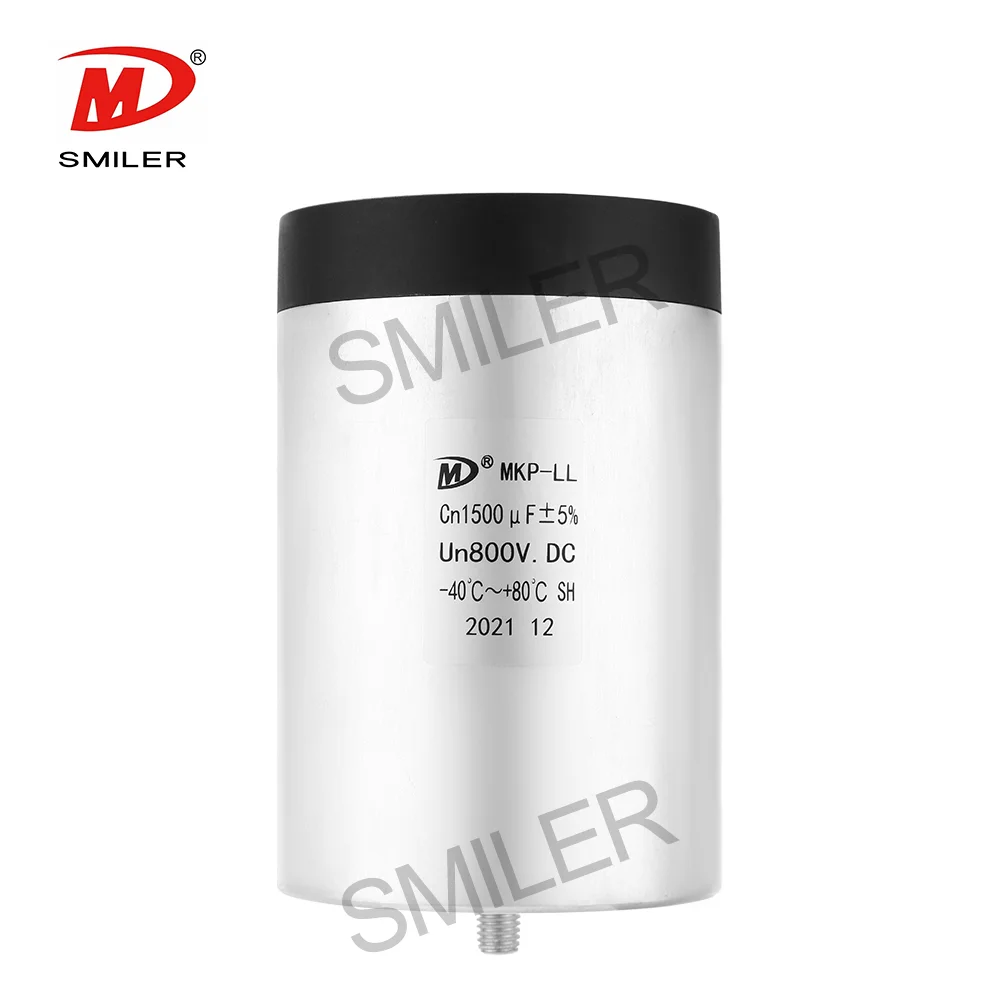
Understanding Why Capacitors Pass AC but Block DC in Circuits
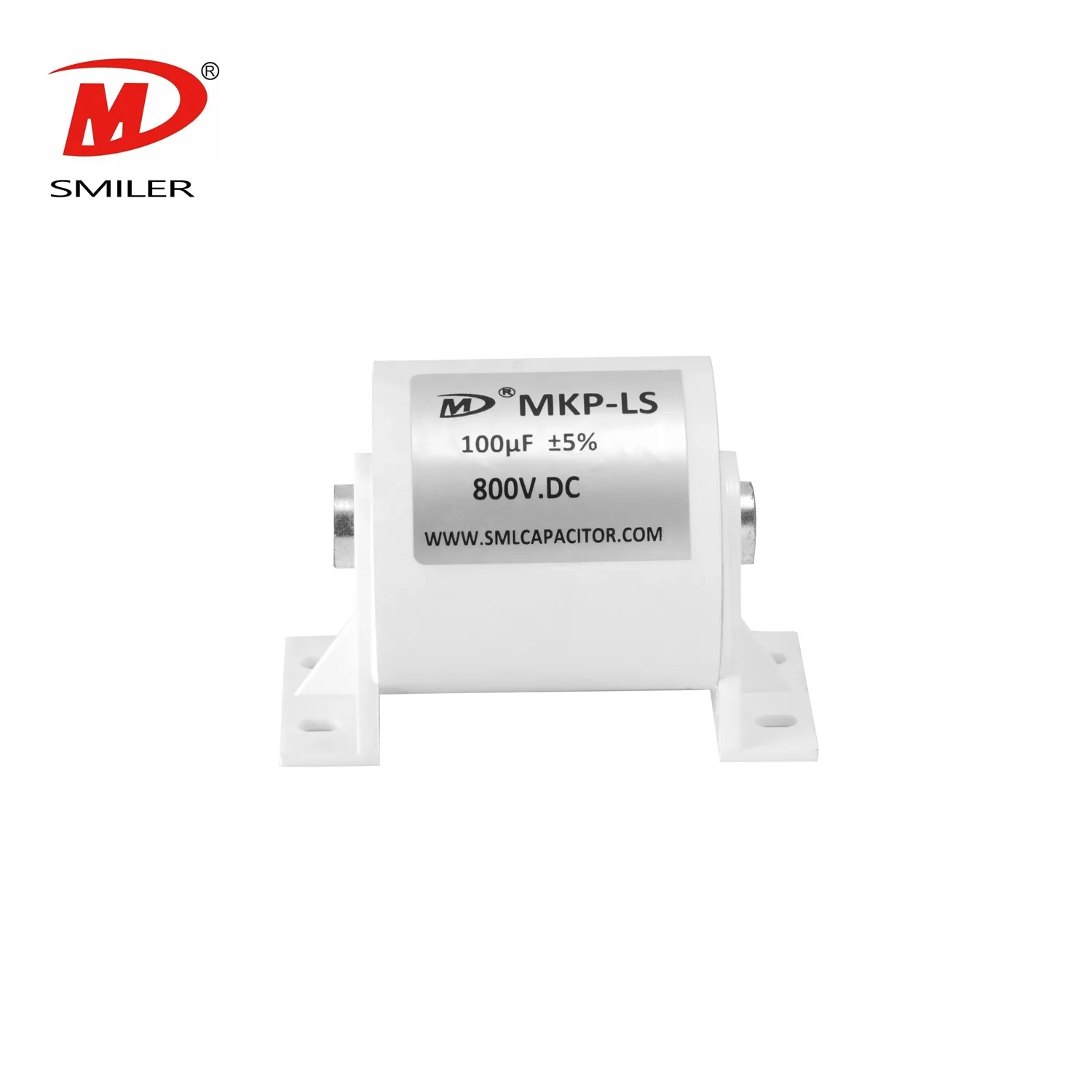
What Drives AC Capacitor Cost? A Comparison with DC Capacitors
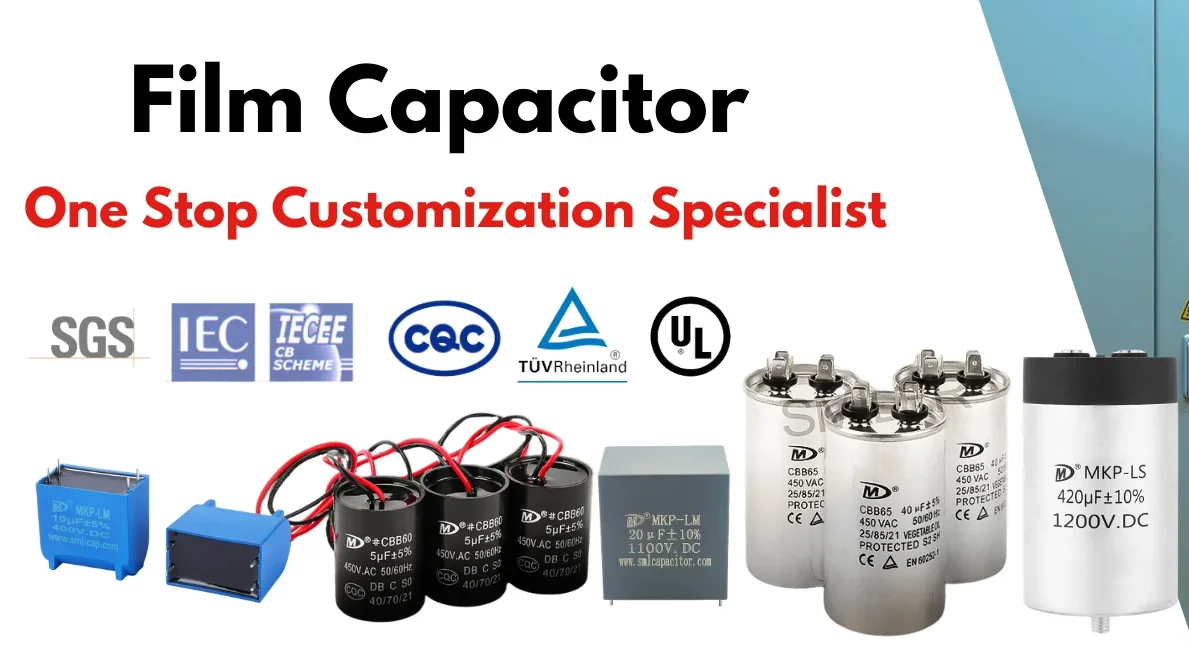
How to Accurately Calculate AC Circuit Capacitor Impedance